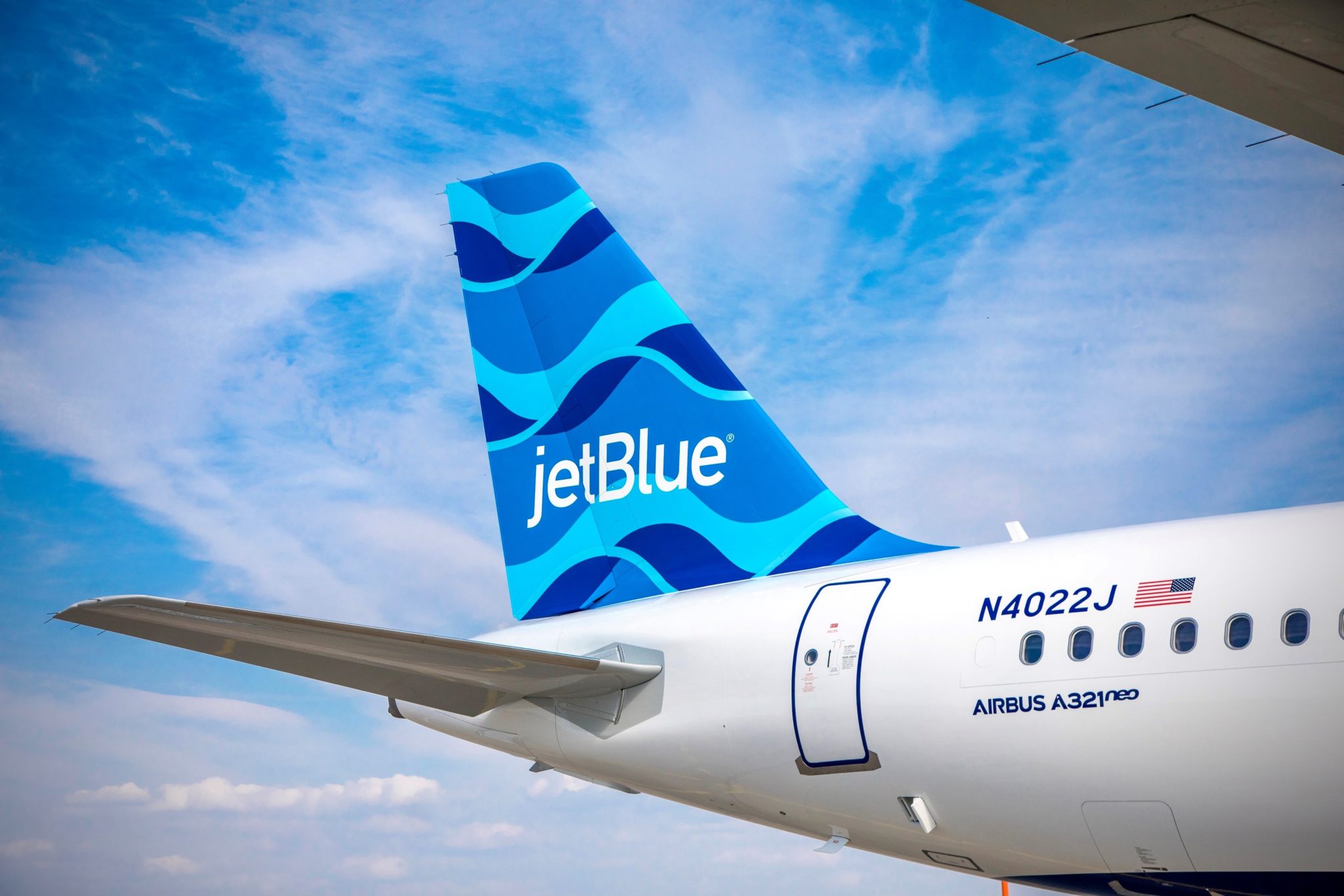Sustainability has become an important theme in airline operations in recent years. Many carriers and alliances have committed to goals on this front, with a key aim being net-zero operations in terms of carbon emissions by 2050. However, air traffic control reforms may also have a role to play. Indeed, JetBlue asserts that these could also make a difference.
The challenge of boosting sustainability
Last year, many airlines had already targeted 2050 as the year by which they hope to reach net-zero carbon emissions. However, the International Air Transport Association (IATA) officially set this as an industry-wide goal in October, following its annual meeting.
As Simple Flying reported at the time, the process is estimated to cost $2 trillion, but how can it be achieved? Much of the focus has looked at airline operations, with sustainable aviation fuel (SAF) often being discussed. However, JetBlue CEO Robin Hayes has taken a broader view of the situation. Speaking last month at the World Aviation Festival, he stated that:
“SAF is one of the biggest differences in the short term, but it’s very hard to scale. The other area that we have talked about for decades, and for goodness’ sake, let’s use this as a catalyst for change, is air traffic control reforms in Europe and the US”.
Meaningful savings are possible
JetBlue is far from the only airline to be pushing for such reforms. KLM’s Pieter Elbers also expressed the urgency for such changes in October 2020, stating that a Single European Sky, whereby airlines don’t have to navigate invisible borders, could save $43 billion a year.
Elsewhere in Europe, easyJet CEO Johan Lundgren told Simple Flying last year that such reforms to air traffic management would cut his airlines emissions by 15%. However, the concept is still yet to take off. Over in the US, there has been significant investment into ATC reforms, with new technology already starting to be deployed. Hayes stated last month that:
“In the US, we estimate that getting these new efficient approaches that we’ve been working on for years rolled out could reduce emissions by between 6-8%. And we could have that relatively easily. We’ve invested in the technology in our cockpits. The FAA is rolling it out, so we’ve got to speed that up”…



